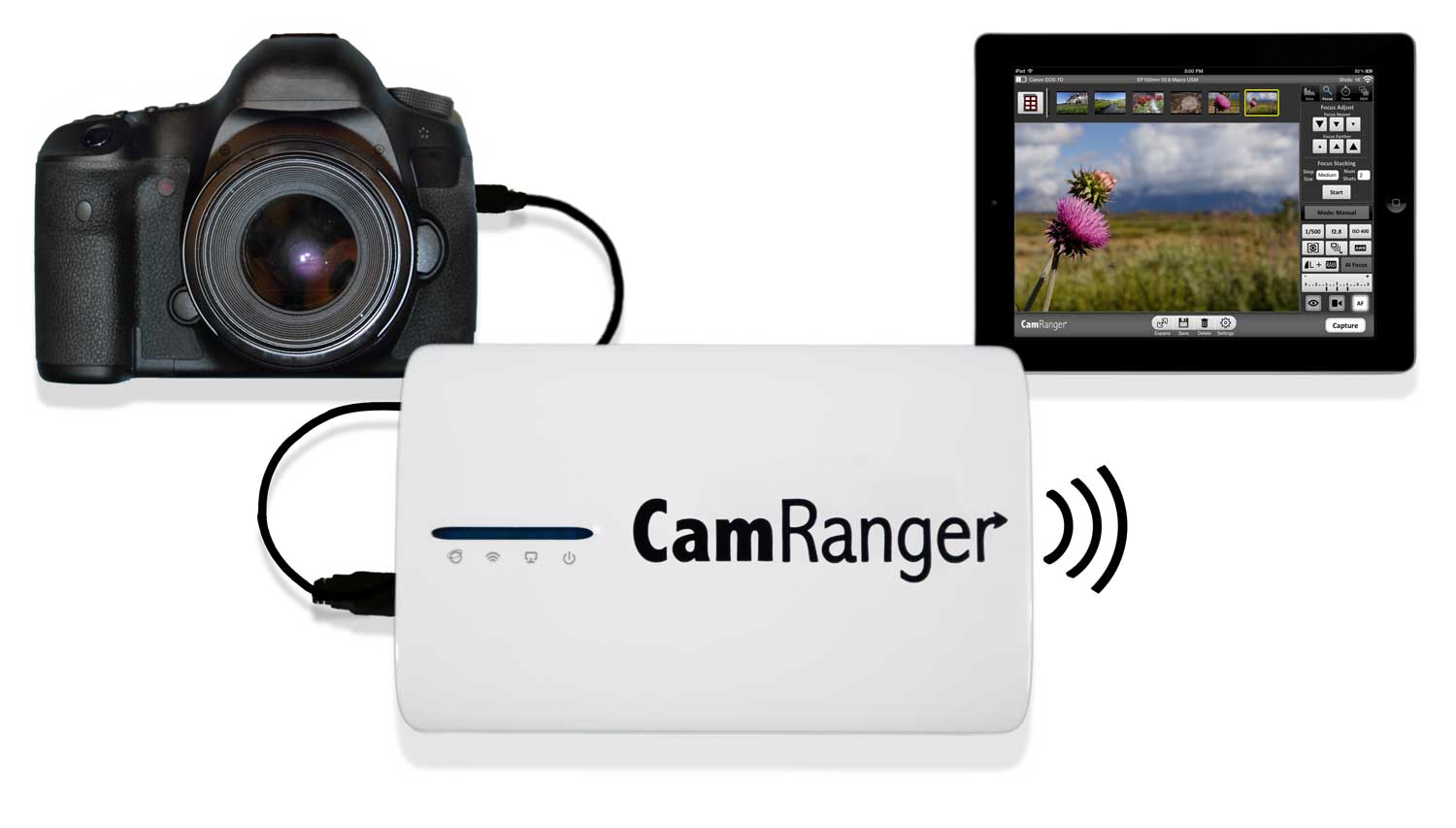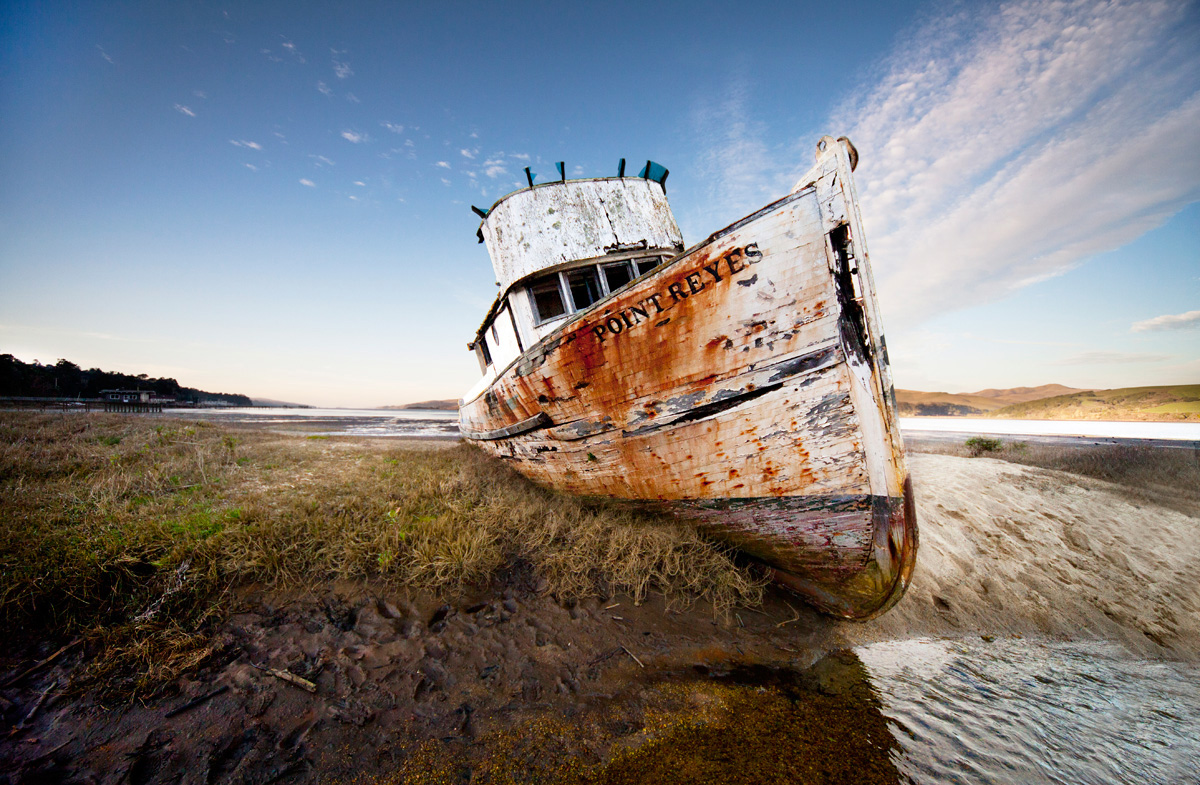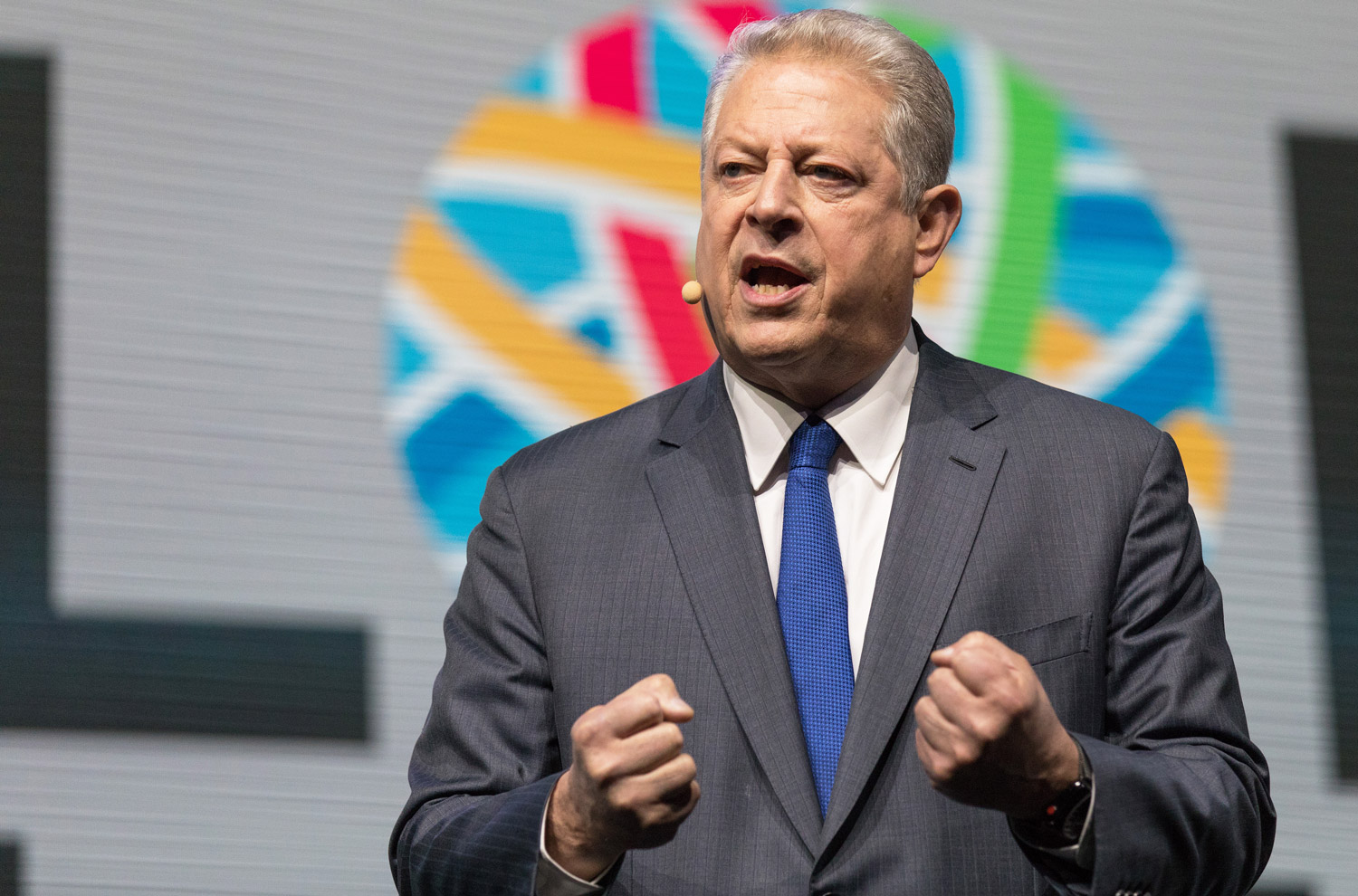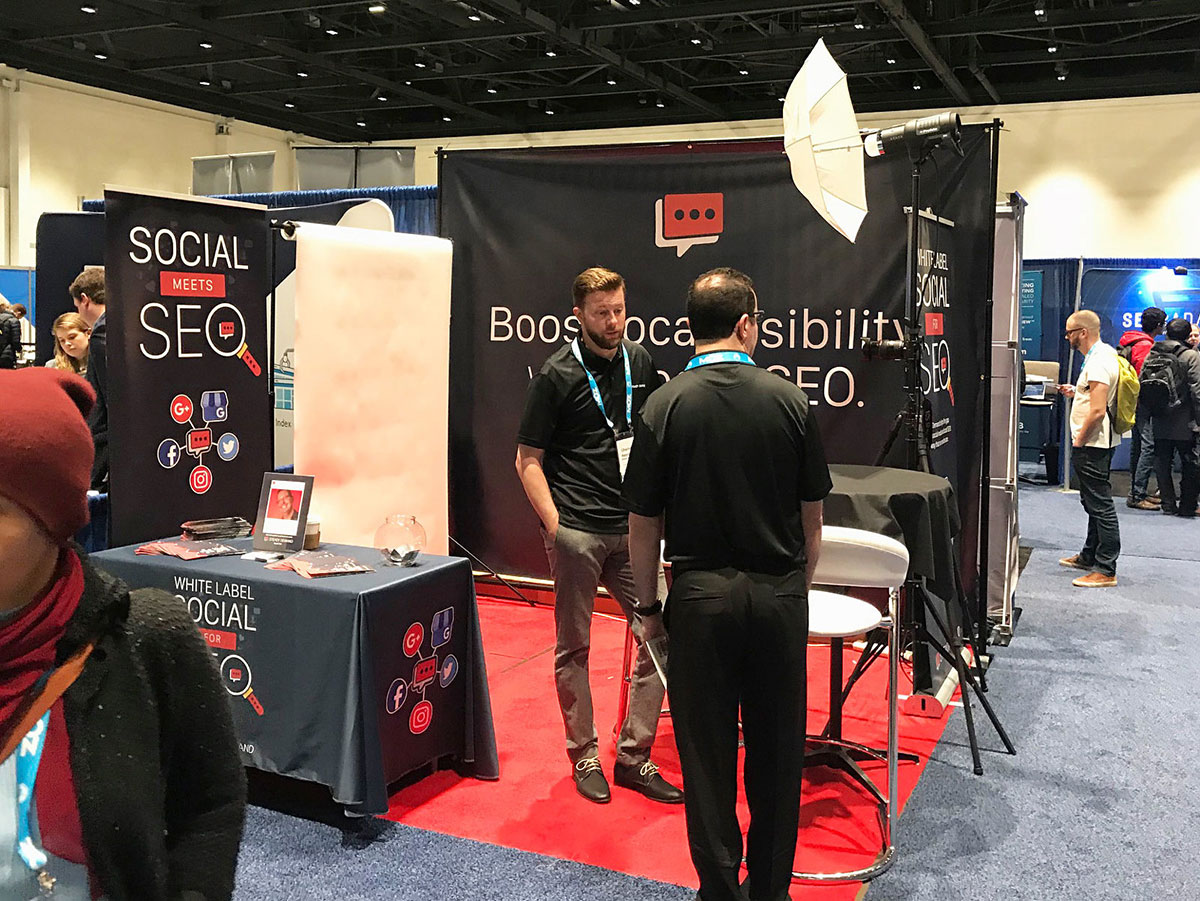
Headshots at a Tradeshow: Big Photos, Small Space
May 27, 2018
Shooting Food (hint: it isn’t as easy as it looks)
September 1, 2018Shooting with the Camranger (Look ma, no cables!)
When I’m shooting photos for a client, they often want to take a look at the shots as they’re taken. This is especially important on a commercial shoot where we have specific shots we need to get. Oftentimes, the client also wants to review and approve them before moving on to the next shot to make sure we captured exactly what they’re looking for. It can also be helpful for hair and makeup artists to be able to spot anything that needs touchup or adjusting on the set.
In the past, I’ve accomplished this in two ways. The first is to physically tether the camera to a laptop computer, as many photographers do. I run a USB cable from the camera directly to the laptop, and the images appear both on the camera and laptop for both storage and review immediately after they’re taken. It’s a great process and solution, fast, quite reliable, and lets everyone in the studio review the photos to make sure we get the shots they’re looking for.
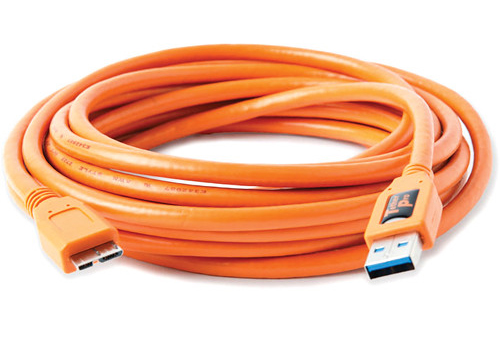
The second method is to simply show the client the images on the back of the camera. I still do this from time to time (such as when I’m shooting events or other less formal setups), but naturally the image is tiny, and it’s often tough to see the fine details in the shot. It’s also more of a challenge when many people want or need to review the photos.
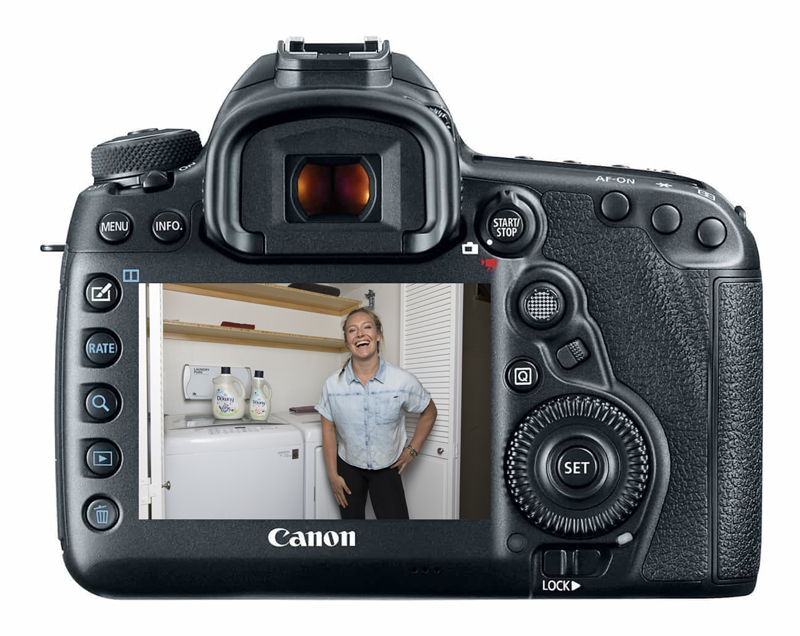
The downside of physically tethering a camera to a laptop is the tethering part. It requires a long USB cable between the camera and laptop, and while it’s fine for tabletop photography, it sometimes gets in the way on handheld shots. There is also the risk of someone tripping over the cable (usually me), or even seriously damaging the camera by having the USB cable yanked out during the shoot, damaging the port. That would be a disaster on a shoot, and a very expensive fix afterwards.
Back in 2012, the CamRanger was launched. The Camranger is a small wifi router/wireless transmitter that mounts on the camera and transmits the images over wifi to any computer, iPad, or other device. It’s a very simple tool that’s really helped my workflow. It takes me literally a minute to set it up and transmit the images, and so far it’s worked flawlessly. Paired with the new 12.9″ iPad Pro, it’s just the solution I’ve been looking for – a great, big image seconds after it was taken. (Note that it’s important to set the camera to capture RAW+JPEG images. The jpegs get transferred to the iPad and the original Raw images are saved on the card in your camera for editing).
Here’s a photo of me working with the Camranger and iPad on a recent shoot:
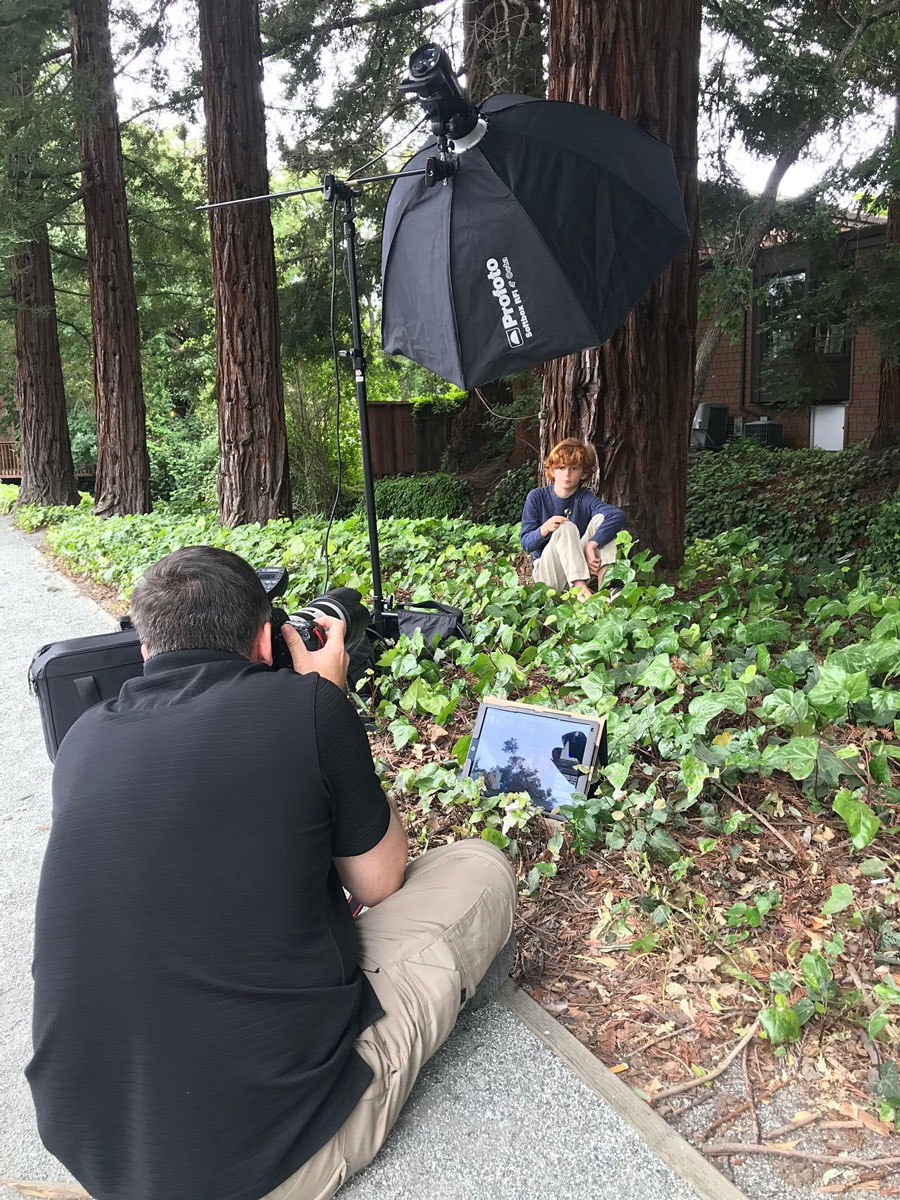
In this image, I’m using the iPad in front of me, however it’s usually in the hands of an assistant or the client. I’ll typically shoot a round of photos then pause to review before moving on to the next set, and once a get the nod from the client (or myself, in many cases), I move on to the next shot.
Using the Camranger and iPad, it’s made the process much easier and efficient for me, which means I get to spend more time taking photos and less time running wires, setting up software, and hoping that I got the shot I was looking for.
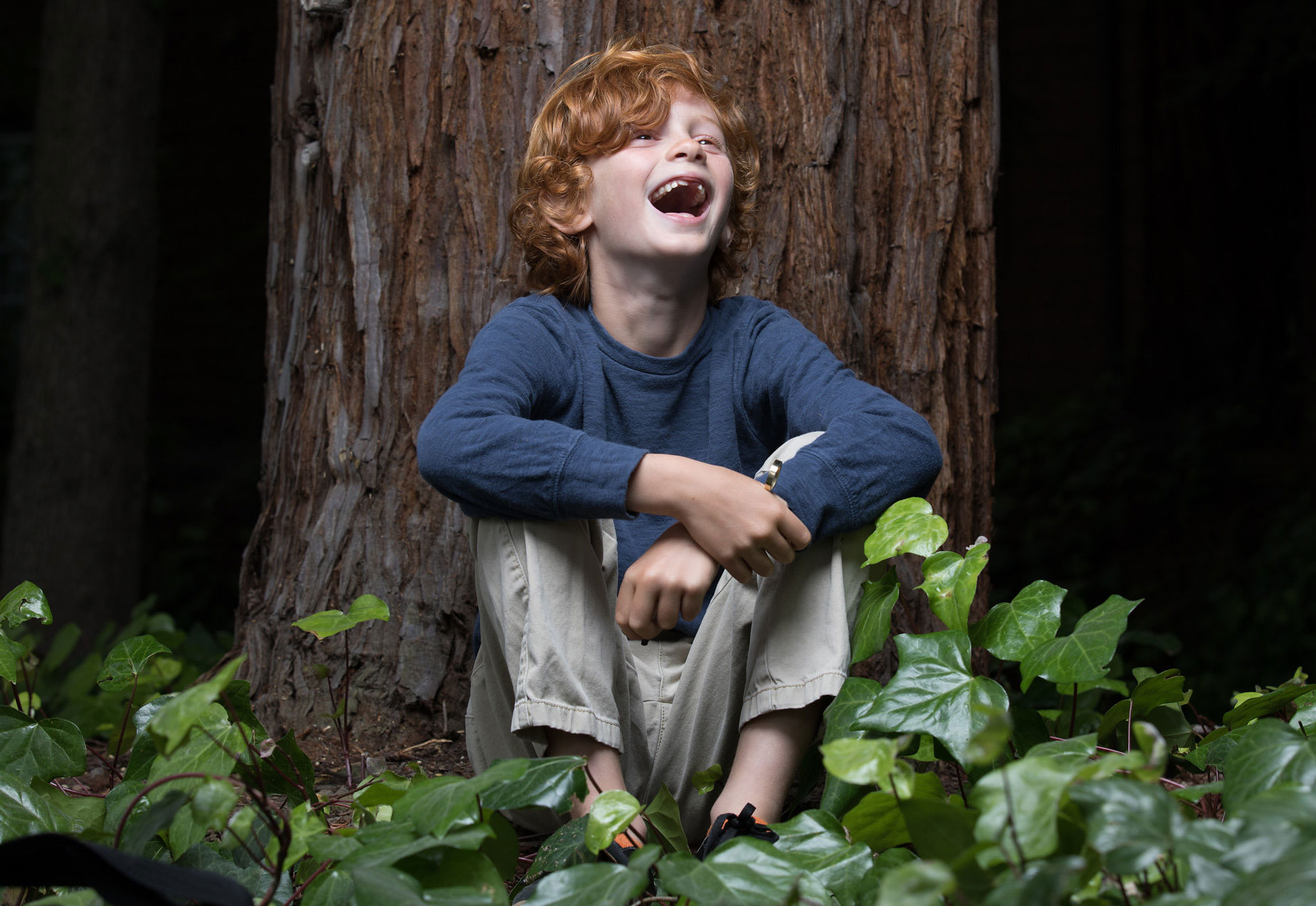
In addition to its wireless tethering capability, the Camranger software adds a number of other features some photographers may like. Here are a few:
- The camera can be triggered from the Camranger software on the Mac or iPad if a camera is mounted up on a boom or other out-of-reach location.
- Camera settings can be changed using the software (shutter speed, aperture, etc.)
- For photographers who use HDR, you can bracket shots easily and automatically
- It has a focus bracketing feature, so you can shoot with unlimited depth of field
- A built-in intervalometer to take shots every x number of seconds/minutes/hours
Most of the time I don’t use these features, but no doubt many other photographers will.
The Camranger is available at B&H Photo, Adorama, Amazon, and many other places. It sells for around $250. If you shoot a lot and would like to see your images on a huge screen after you shoot them, it’s really the way to go.

